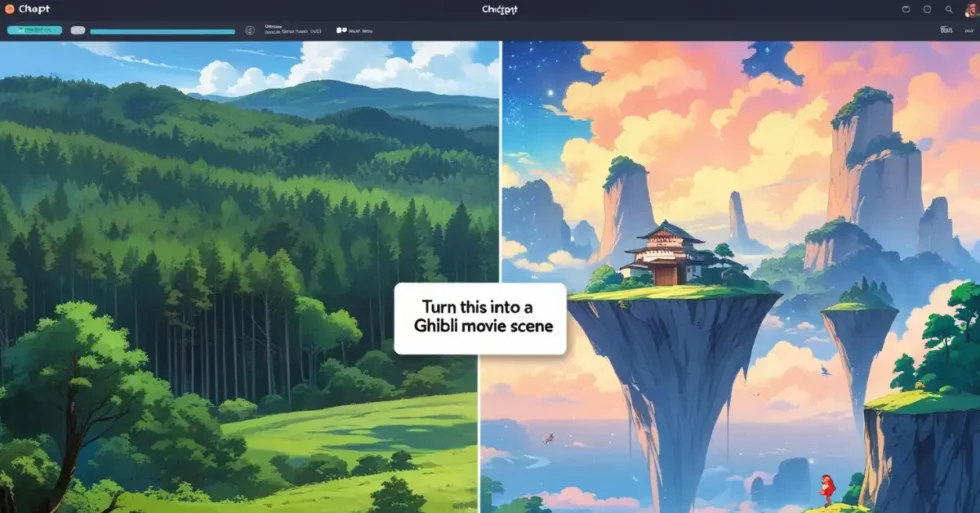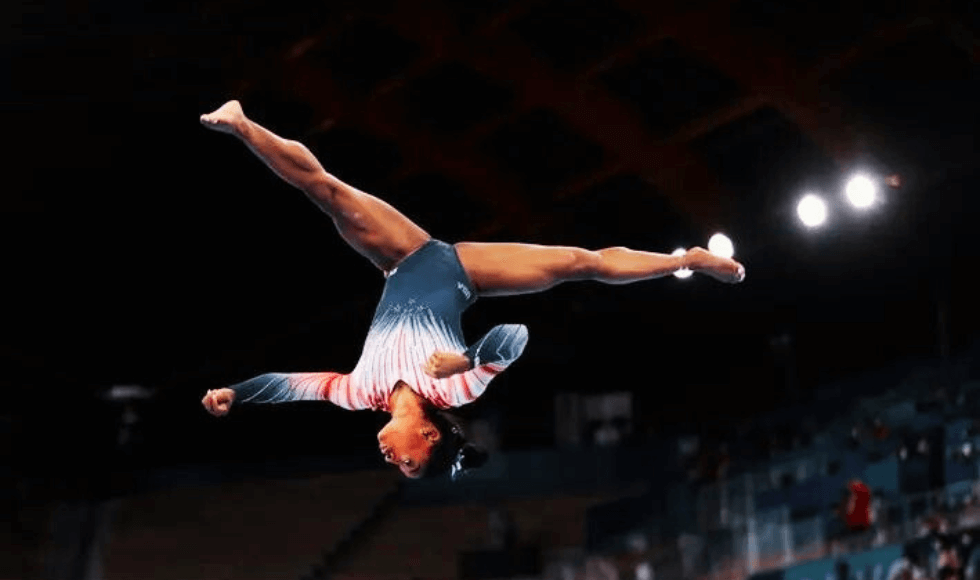
In a major move that democratizes AI-powered creativity, OpenAI has expanded access to its GPT-4o-powered image generation feature in ChatGPT, making it available to all users—including those on the free tier. Previously exclusive to paying subscribers, this feature now allows millions more to experiment with AI-generated visuals, albeit with some limitations.
The announcement, made by OpenAI CEO Sam Altman on X (formerly Twitter), marks another step toward mainstreaming generative AI tools. However, the rollout comes with safeguards—including rate limits for free users and embedded metadata to combat deepfakes.
Here’s a deep dive into what this expansion means, why it matters, and how it fits into OpenAI’s broader AI strategy.
Table of Contents
GPT-4o Image Generation: Now Available to Free Users
Key Details of the Rollout
- Free Tier Access: Free users can now generate AI images, but with a limit of three per day.
- Rate Limits & Cooldowns: To prevent server overload, OpenAI has implemented a cooldown period between consecutive image generations.
- C2PA Metadata: Each AI-generated image will include Coalition for Content Provenance and Authenticity (C2PA) metadata, helping distinguish AI-created visuals from real photos—a crucial step in fighting misinformation.
Altman emphasized that users must be logged into their OpenAI accounts to access the feature, ensuring some level of accountability.
Why This Move Matters
Until now, advanced AI image generation was largely gated behind paywalls (e.g., MidJourney, DALL·E 3 for ChatGPT Plus). By opening it up—even in a limited capacity—OpenAI is:
- Accelerating AI adoption among casual users.
- Encouraging experimentation with AI creativity.
- Setting a new standard for free-tier AI offerings.
However, the three-image daily cap may push heavy users toward ChatGPT Plus ($20/month), which offers higher limits and priority access.
The Viral “Ghibli Style” Trend That Overloaded OpenAI’s Servers
One of the biggest drivers behind this feature’s popularity? A social media frenzy where users transformed their photos into Studio Ghibli-style animations.
How It Started
- Users discovered they could prompt ChatGPT to reimagine personal photos in the aesthetic of Spirited Away, My Neighbor Totoro, and Princess Mononoke.
- The trend exploded on X, Instagram, and TikTok, with people sharing AI-Ghibli versions of their vacations, pets, and even memes.
The Aftermath: “Our GPUs Are Melting”
The demand was so overwhelming that Altman temporarily restricted image generation for paid users, citing:
“Our GPUs are melting.”
This highlights a critical challenge for OpenAI: scaling infrastructure to meet viral demand while maintaining performance.
OpenAI’s Jab at Meta: “We Won’t Do Anything Silly”
In a not-so-subtle dig at Meta (Facebook’s parent company), Altman criticized its restrictive licensing for Llama 3, Meta’s open-source AI model.
The Controversy
- Meta’s Llama 3 license prohibits companies with over 700 million monthly users from using it freely.
- Altman responded:
“We will not do anything silly like saying that you can’t use our open model if your service has more than 700 million monthly active users.”
This reinforces OpenAI’s commitment to broader accessibility, contrasting with Meta’s more guarded approach.
New Features: Better Text, Inline Editing, and Safety Controls
Beyond accessibility, OpenAI has upgraded its image-generation capabilities:
1. Improved Text Rendering
- Previous AI image models (DALL·E 2, MidJourney v4) struggled with legible text in images.
- GPT-4o’s version delivers sharper, more accurate text—useful for memes, posters, and branding.
2. Prompt-Based Inline Editing
- Users can now upload an image and modify it via text prompts (e.g., “Make this look like a cyberpunk city”).
- This brings Photoshop-like flexibility to casual AI users.
3. Stricter Content Moderation
OpenAI has reinforced safeguards against harmful content, blocking requests for:
- Child sexual abuse material (CSAM)
- Non-consensual deepfakes
- Graphic violence
This aligns with growing regulatory pressure on AI companies to prevent misuse.
OpenAI’s Business Strategy: From GPT-4o to a $40B Valuation?
This expansion isn’t just about user growth—it’s a strategic play in the high-stakes AI race.
1. Competing with MidJourney & Stable Diffusion
- By making image generation free (with limits), OpenAI pressures rivals like MidJourney (which charges $10/month minimum).
- It also counters Stable Diffusion’s open-source appeal by offering a more user-friendly alternative.
2. Preparing for a $40B SoftBank Investment?
Reports suggest OpenAI is close to finalizing a $40 billion funding round led by SoftBank. Wider adoption of its free tools could justify that valuation.
3. The Long Game: AI as a Daily Utility
OpenAI’s goal appears to be normalizing AI in everyday life—first with ChatGPT for text, now with images, and eventually video & voice.
Challenges Ahead: Deepfakes, Copyright, and GPU Limits
Despite the excitement, OpenAI faces major hurdles:
1. The Deepfake Problem
- While C2PA metadata helps, bad actors can strip it.
- Governments are pushing for AI watermarking laws—will OpenAI comply globally?
2. Copyright Concerns
- The Ghibli-style trend raises questions: Is this fair use or IP infringement?
- Studios like Disney & Ghibli may push back if AI-generated art floods the market.
3. Server Capacity
If free users overload GPUs again, will OpenAI cut access further? Or will it invest billions in more data centers?
Final Thoughts: A Bold Step Toward AI for All
OpenAI’s decision to democratize AI image generation is a pivotal moment—blurring the lines between professional and casual creators.
Pros:


Cons:


As Altman himself said, “The best way to predict the future is to create it.” With this move, OpenAI isn’t just predicting the AI revolution—it’s accelerating it.


